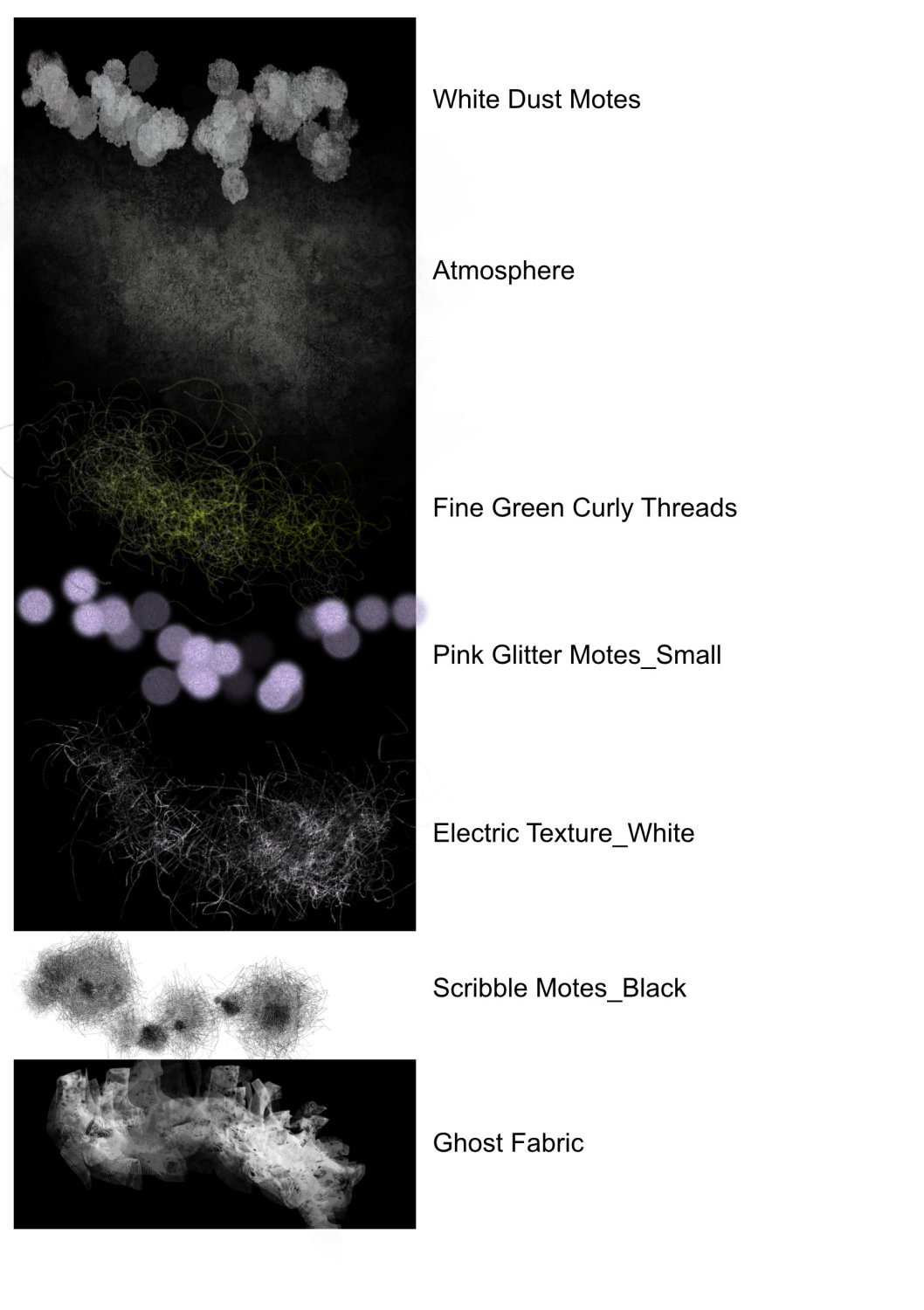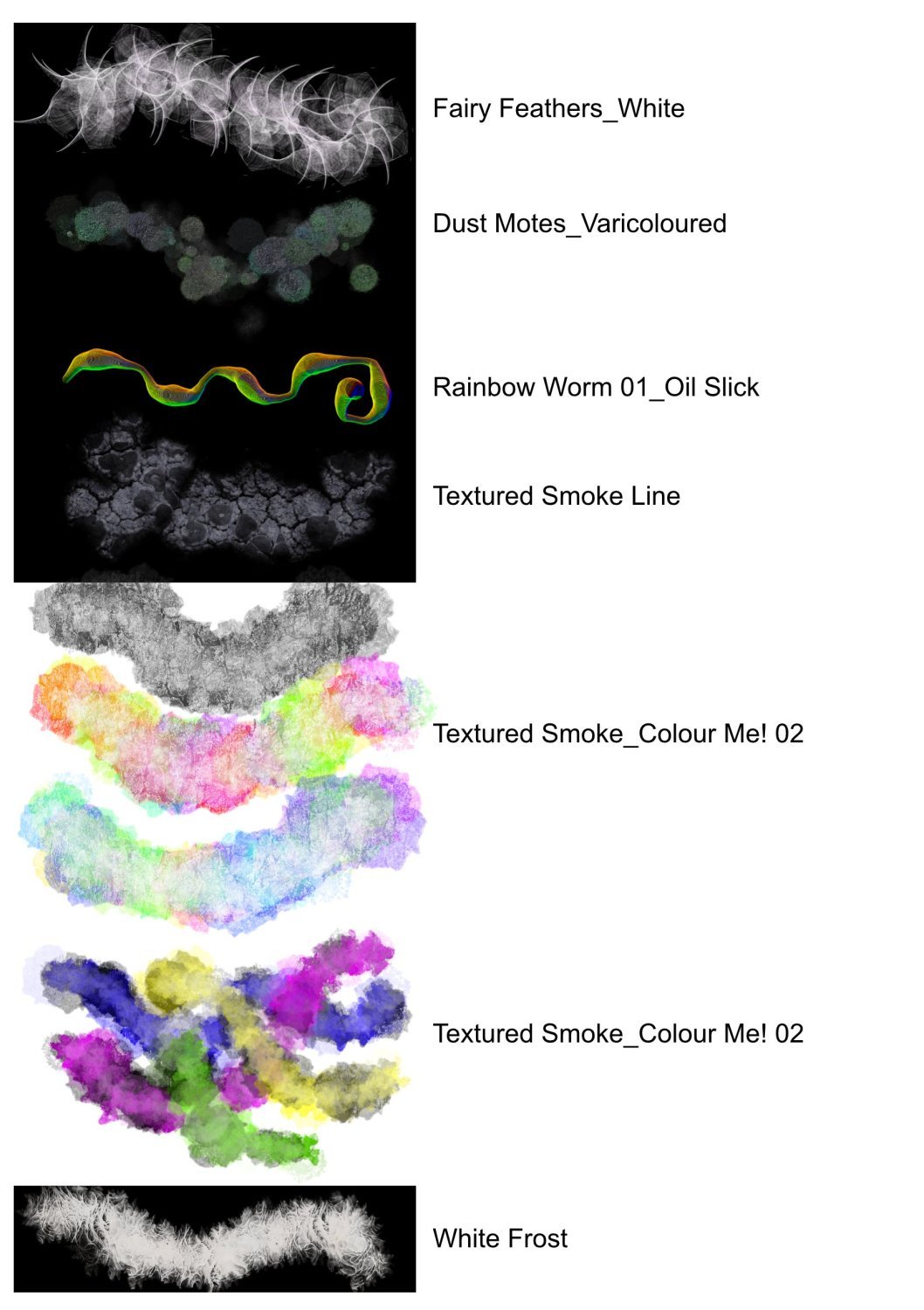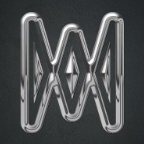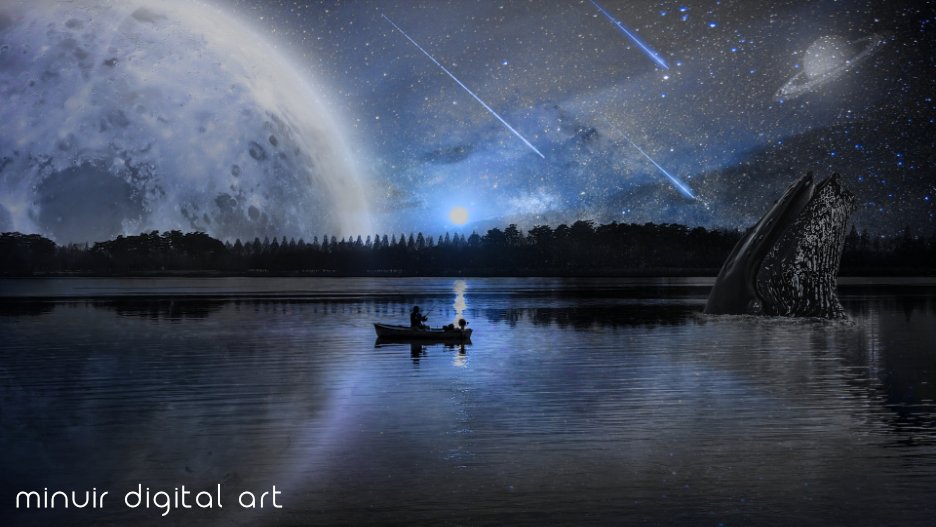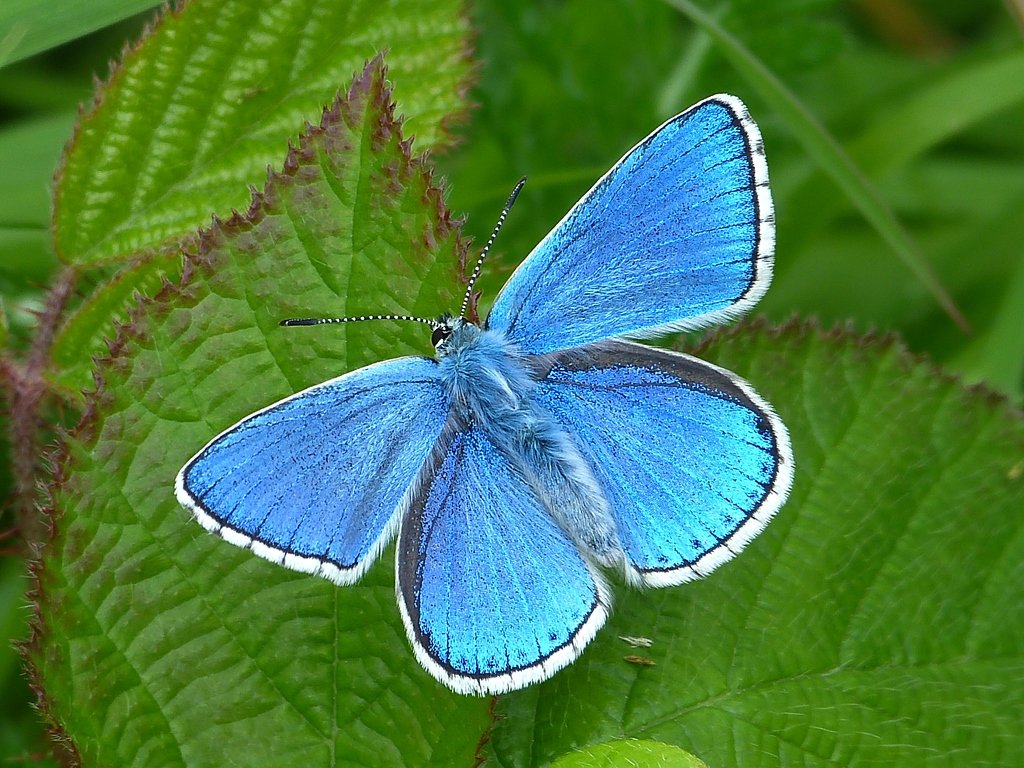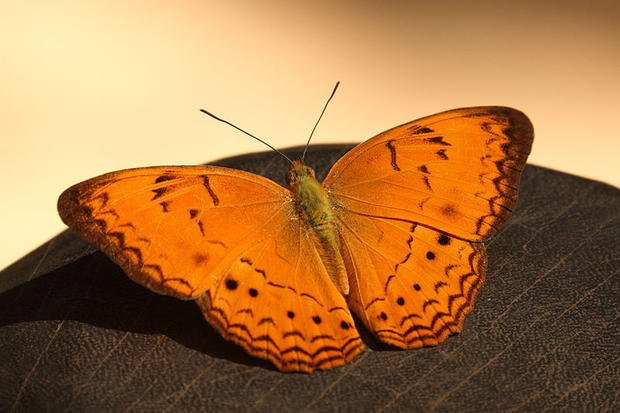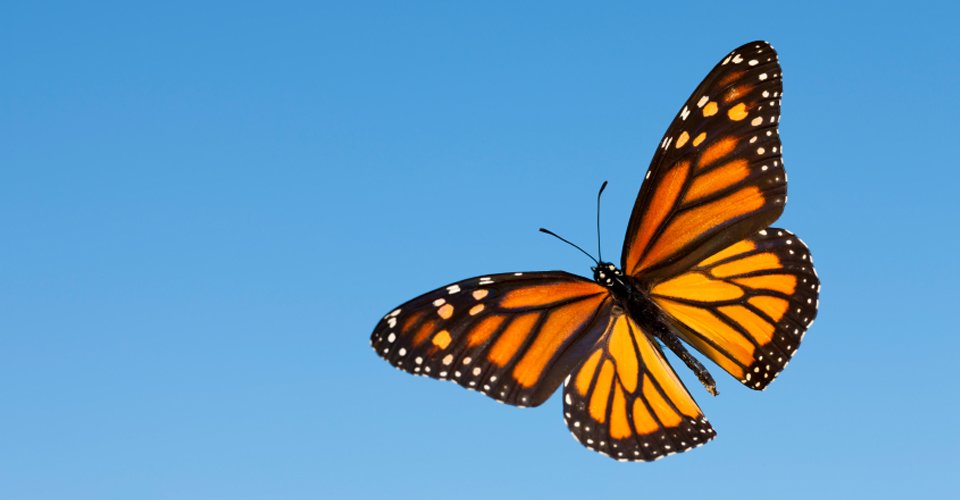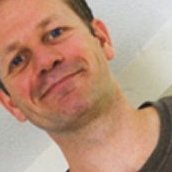Search the Community
Showing results for 'wildlife birds nature' in content posted in Share your work.
-
Hi Glennsart, Glad I could help. I found that particular tutorial really helpful too. I've watched it several times. Is there somewhere on the forum that I can check out your artwork? I'd love to see it. Also, I don't know if you are aware, but I uploaded a load of free 'Nature' and 'Atmosphere' brushes for Affinity Photo. The brushes are right at the bottom of the link below. There's also a Word file step-by-step instruction on how to create image brushes, which I put together for Affinity Photo users. The link is: Other really interesting tutorials I have found are: The Colour Replacement Brush How to create a Gold or Chrome Effect - Affinity Photo Tutorial Also, have you checked out AÍ-generated Art yet? He-he! I think you're gonna like this... 😄 Dall-E 2 and MidJourney are probably my favourites, but there are several more AI art generators. The beauty of the art is astonishing. The darkness, the creativity. Its all very nightmarish, but wonderful... Check out these links on Pinterest to see what people are creating with them. If you've not heard of them, I think the artwork will amaze you (it certainly blew me away): https://www.pinterest.co.uk/search/pins/?q=midjourney generated art&rs=typed https://www.pinterest.co.uk/search/pins/?rs=ac&len=2&q=dall e 2 art&eq=dall-E 2&etslf=4484 Have fun! DelN
- 15 replies
-
I have just finished 'Mountains in the Mist', which I did in Affinity Photo using the free 'Nature' and 'Atmosphere' brushes (plus a few images and other brushes). I have uploaded too a numbered set of JPG images from the first background sky layer 01_ to the last _FINAL so (if anyone is interested 😄) you can see how I created it.
- 15 replies
-
Every easter I make a puzzle withy cryptographic images. This year the theme was 'Birds'. Easter has of course long since past, but I just realized I didn't share my work here. I'd love to hear feedback if you have any. Everything was made in Affinity Designer! https://matth-ijs.nl/paaspuzzel/2022/
-
A tangle of pipes, steel girders and ladders around the decommissioned blast furnaces, with nature resurgent in between. Duisburg Landscape Park around a disused ironworks in Duisburg-Meiderich, popularly known as LaPaDu. Developed from Raw with DxO Photolab and Postprocessing done with Affinity Photo 1.10.5 PS: On Monday morning, filming of the Hollywood production "The Tributes of Panem - The Song of the Bird and the Serpent" started in Duisburg's Landschaftspark.
-
Free 'Nature' and 'Atmosphere' brushes for Affinity Photo (in one place). Even though I uploaded them, I still have trouble finding them on the forum so I thought I'd put them in one place... I am attaching the 'step-by-step' guide on how I created my 'Nature' image brushes in Affinity Photo. Its a MS Word document and explains how to create a 'Butterfly' brush in Affinity Photo using multiple images. The process is the same for any image(s) whether butterfly, rock, stones, tree, shrub, moss, lichen. At the end of the tutorial I explain another process to create a 'moss' image brush which uses simple selections that you export individually. There may be other and easier ways to do this, but this is the way I have done it because it is a method I use to create them in Corel Painter. I am not so experienced in Affinity Photo, so I don't yet know where one saves seamless textures that you create to re-use; in Corel Painter, you save them in the 'Patterns' Library. The 'step-by-step' tutorial explains... 1. How to Create a Brush Category 2. How to Remove the Background from an Image 3. How to Save the Butterfly as a .PNG (Transparent Background) Image 4. How to Create a ‘Butterfly’ Brush (Multiple Butterfly Images) 5. How to Duplicate a Brush 6. How to Rename a Brush 7. How to Create a ‘Moss’ Brush using Multiple PNGs ...which are the steps you must take to create your first image brush. You can create an image brush just by selecting a single layer, but you need to convert it to a Pixel layer first. I wanted to explain how to create one by selecting it and extracting it from its background. More complicated, but once you have done it once, you can use the same process to create any image brush. I would advise you to experiment and test out all the different brush settings. To load the brush category in Affinity Photo Save the DelN's Free Brushes.afbrushes file Locate the location where you saved the file Open Affinity Photo Double-click the DelN's Free Brushes.afbrushes file. An 'Import Brushes' message will be displayed 'Brushes Imported Successfully' Click OK Click 'Brushes' tab Locate new DelN's Free Brushes Start using the brushes I also attach several images of the brush strokes and their brush names in my DelN's Free Brushes.afbrushes. Enjoy! DelN's Free Brushes Pt1.afbrushes DelN's Free Brushes Pt2.afbrushes DelN's Free Brushes Pt3_Atmosphere Dust & Smoke Brushes.afbrushes DelN's Free Brushes Pt4_Atmosphere Dust & Smoke Brushes.afbrushes How to Create a Butterfly Brush_Multiple Butterfly Images.docx
-
Yes, that's right, because I've seen it all over the world. Over rainforests, over desert plains or over cities. You name it. These are crows asking a bird of prey to leave the area, and they often do so by harassing them, breaking their concentration and interfering with their hunt. It rarely gets dramatic, but the bird of prey simply can't really hunt in peace. It's very simple. I've seen birds of all shapes and sizes work together to be wary of the large birds of prey, and warn each other well in advance. But it's the big crows that have to fly up and and disturb the intruding bird.
-
The most memorable thing when I traveled to Australia is the moment I met the sleepyhead Koala. The Koala was sleeping in a very cute pose stuck in a branch, and it was loved by many visitors. I really wanted to bring the Koala to Korea where I live. So with good memory about Koala, I started working on this photo manipulation with affinity photo. When we meet Koalas in nature, I don't think they are threatening at all. Even if it is very huge size, I think we will be able to watch it comfortably because it sleeps all day. I have that kind of good feeling about Koalas and I want to share this feeling from my photo manipulation artwork. "Meet The Giant Sleepyhead" speed art : https://www.youtube.com/watch?v=85SS1gE_DR0
- 6 replies
-
- minuir
- digital art
-
(and 2 more)
Tagged with:
-
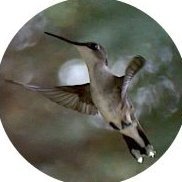
affinity photo Affinity Photo "focus merge" helps tell the story
Mortimer replied to Mortimer's topic in Share your work
Hey, John, you are absolutely correct. Both images were taken within milliseconds of each other and the ghost image was the first frame cut to 35% of it's full resolution, then focus merge was used to create this effect without having a ghost on the hummingbird feeder itself. Experimenting with the focus merge capability in AP has brought about some very interesting and delightful results. Unfortunately, being that I'm retired and have too much time on my hands my friends will be getting too many of my results. I am glad you liked the result and hopefully it made your day a little brighter to see this little wonder of nature. Mortimer aka Richard -
I watched on the news that a huge whale leisurely passed down when a man was canoeing alone in the sea. The man looked very scared, but fortunately, the whale passed by without any accident. In fact, I think that meeting wild animals in nature can be quite dangerous. Some people rush away when they meet even a small cat on the street. So what if a whale that's several meters long passed right underneath? But on the other hand, sometimes I want to feel the thrill of this unexpected meeting. I think that's why people travel to safari in Africa or explore the Amazon jungle. "Fishing with Whales" is a photo manipulation with affinity photo that expresses the thrill of such an unexpected meeting in connection with fishing that I like. "Fishing with Whales" speed art : https://www.youtube.com/watch?v=FQVI0-JKLzU
-
- minuir
- digital art
-
(and 2 more)
Tagged with:
-
Hi, I have been trying to create some atmosphere in a concept art piece of two towers rising up out of the mist in a valley filled with lush vegetation. I used Affinity Photo to create it, painting much of it with the free 'Atmosphere' and 'Nature' brushes I uploaded on the Affinity Forum (plus some other brushes) to create it (links below). I am fascinated by the matte painting technique used by digital artists for all the main film studios to create a visualisation of important scenes that will go into the finished film. Films and series like Vikings, Alien, Dune, Mary Poppins, Ghostbusters, Titanic, Raiders of the Lost Ark, King Kong, the Jurassic Park series of films... and the new 'Rendezvous with Rama' that is (hopefully) in production. All of 'em, really... This is from Wikipedia: "A matte painting is a painted representation of a landscape, set, or distant location that allows filmmakers to create the illusion of an environment that is not present at the filming location." If you are interested in matte painting or concept art check out the following links. There are lots of tutorials too: https://conceptartempire.com/concept-art-tutorials/ https://conceptartworld.com/category/training/ Introduction to Matte Painting Free 'Nature' brushes link (also includes a Word document on how to create your own brushes): Free 'Atmosphere' brushes link:
-
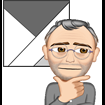
affinity designer Tailgating and Badging
EducationPrinciples replied to EducationPrinciples's topic in Share your work
I thought people would comment on the artwork of the project and maybe the simplistic nature of the characters. I did not expect comments on the practice of using and standing near the work badge scanner. -
I've been working on 'Frost Dancer' in Affinity Photo for a few days now. I wanted to use a reduced colour palette, which I created from an image I found which had the right frosty/icy tones I was looking for. I called the colour palette 'Ghostly Blue', then created a Gradient Map from the colour palette, but I ended up using a Recolour Adjustment, which seemed to work best. I found an image of a ballet dancer and used 'Photobashing' techniques to create the 'Frost Dancer' using the many 'Nature' and 'Atmosphere' image brushes I created, changing the colours of the image dabs and textures to white and selecting brushes that looked like frost and ice. I also used a couple of the 'Fog Overlays' by Paper Farm to create the rolling mist in the field. I wanted to create a carefree dryad or wood spirit dancing lightly across heaths, fields and woodlands, laying frost across the landscape. I wanted the dryad's hair to be coiled like the wave in the Japanese print 'The Great Wave off Kanagawa' by Hokusai. I created the hair by painting it with a load of Gold brushes I created, then put the layers beneath the Recolour Adjustment, which seemed to work quite well...
-
A buzzard and a crow over City of Hamburg / Eppendorf Canon EOS 80D Sigma EF 150-600 at 600 1/1600s Handheld Sky smoothed with denoise and bilateral blur Birds treated with mild tone map (20% / 20%) and clarity
-
Have been working on a few images over the last few days using the 'Nature' and 'Atmosphere' brushes that I created for Affinity Photo again, which you can download for free, also a step-by-step instruction in MS Word on how I created my brushes, with screengrabs, for you to follow, also images of each brush stroke/brush name... 🙂 I have been fascinated with the photobashing technique for many years (although I wasn't aware until recently that it had a name). I used a similar technique when I worked as a graphic designer in London for 20 years. Check out the work of one of my favourite concept artists, Ryan Church, concept artist, illustrator and designer in the film industry. http://ryanchurch.com/ Others are Shaddy Safadi, Feng Zhu, Noah Bradley, Tyler Edlin, James Paick, Jordan Grimmer, Darek Zabrocki, Gilles Beloeil, Neil Blevins, Tuomas Korpi, Jorge Jacinto and so many others. Also check out https://www.illustrationhistory.org/artists and learn about artists/illustrators of the past: Kay Nielsen, Arthur Rackham, Beatrix Potter, Gustave Doré, Walter Crane, Adrienne Segur, Aubrey Beardsley and so many others... Check out too 'Becoming a Concept Artist for a Hollywood Film' https://www.clipstudio.net/how-to-draw/archives/155681 A good concept artist working in the film industry or the gaming industry can easily make USD400k pa, so hone your Affinity Photo and Affinity Designer skills, gather your best work into an online portfolio and focus on your future in design/illustration. They are fabulous tools for any illustrator/designer - and they are affordable too! You could become a concept artist working in the film industry or doing book design cover illustration, advertising, cartoons, comics and graphic novels illustration, children's book illustration, or work as a concept artist/illustrator in the gaming industry. Or you could be the next Walt Disney... Work in an industry you will enjoy...
-
I have been working on some free 'Atmosphere, Smoke & Fog' brushes over the last two days. Thought I would upload them here so you guys can download them. I may have to split them again cos the file size is large. I keep the images large so that, like me, if you work in 300dpi for print, the brush strokes won't pixelate. If you work in a lower resolution, you can simply reduce the size of the brush. This is an image I created using the 'Atmosphere, Smoke & Fog' brushes along with the 'Nature' brushes.
-
That is interesting, I had not thought about a possible issue in relation to the nature of the paper used to produce the mount. However, I had known, in another context of the existence of Solander boxes for document conservation, so there we are. https://en.wikipedia.org/wiki/Solander_box As it happens the frames that I use are the following. https://www.tesco.com/groceries/en-GB/products/308622478 They are intended for photographs. As it happens, for what I have produced thus far using these frames, (and with a earlier design of frames of a similar design yet thicker overall and with a less convenient to use form of locking furniture (I don't know the proper nomenclature, I just used that to convey the idea) on the rear)) the printed item does not actually touch the mount. This is because the mount is designed for a 10 inch by 8 inch photograph and I am framing customized one-off 7 inch by 5 inch greetings cards sent to myself. This does mean that the surface of the card is in direct contact with the clear acrylic window (is that the corrrect term?) of the frame. Does that present issues? I have preferred acrylic to glass on the basis of safety. However, your comments about glass are making me wonder. The greetings cards are customized cards produced using the following templates. https://www.papier.com/landscape-photo-313 https://www.papier.com/portrait-photo-315 Other templates are available, those two are both full field, some have plain borders, some have preset artwork alongside the customer-supplied image(s). https://www.papier.com/photos/photo-cards/ I place my own artwork on the front and where the greetng goes I delete everything there and add, often using the Garamond font, the title, a description, my name and the date. Some readers may have already looked at the following thread in this forum. Artwork for greetings cards The business also does custom prints using archival ink and framed. These, entirely reasonably, cost more. Basically I have been producing the customized greetings cards as I learn to use Affinity Designer. A longer term goal is to try to produce something good then buy a framed print that has been printed uaing archival ink. What I am doing is pushing the envelope with what are marketed as photo greetings cards to send to someone else, but as the printing is not acrually of a photograph but of a jpg file containing an encoded image of a photograph, a jpg of artwork exported from Affinity Designer produces good results, even though it is not actually a photograph. The staff at the business are happy for me to do this and have advised me on how to do this. I have been looking up about acid-free mounts. Well, I do value my artwork, I have found great pleasure in having hardcopy printings of what I had until a little over a year ago had in pure electronic form. I have no knowledge at present as to how to distinguish between what you term "cheapo frames" and, well, art gallery quality frames. I do appreciate that the hardcopy prints of the greetings cards, while of far better quality than what I could get on a typical (budget price) printer attached to my home computer, are not prints in the same category as art prints, they are not purported to be so. William
-
Hi, As mentioned above, I am attaching the 'step-by-step' guide on how I created my 'Nature' image brushes in Affinity Photo. Its a MS Word document and explains how to create a 'Butterfly' brush in Affinity Photo using multiple images. The process is the same for any image(s) whether butterfly, rock, stones, tree, shrub, moss, lichen. At the end of the tutorial I explain another process to create a 'moss' image brush which uses simple selections that you export individually. There may be other and easier ways to do this, but this is the way I have done it because it is a method I use to create them in Corel Painter. I am not so experienced in Affinity Photo, so I don't yet know where one saves seamless textures that you create to re-use; in Corel Painter, you save them in the 'Patterns' Library. The 'step-by-step' tutorial explains... 1. How to Create a Brush Category 2. How to Remove the Background from an Image 3. How to Save the Butterfly as a .PNG (Transparent Background) Image 4. How to Create a ‘Butterfly’ Brush (Multiple Butterfly Images) 5. How to Duplicate a Brush 6. How to Rename a Brush 7. How to Create a ‘Moss’ Brush using Multiple PNGs ...which are the steps you must take to create your first image brush. You can create an image brush just by selecting a single layer, but you need to convert it to a Pixel layer first. I wanted to explain how to create one by selecting it and extracting it from its background. More complicated, but once you have done it once, you can use the same process to create any image brush. I would advise you to experiment and test out all the different brush settings. To load the brush category in Affinity Photo Save the DelN's Free Brushes.afbrushes file Locate the location where you saved the file Open Affinity Photo Double-click the DelN's Free Brushes.afbrushes file. An 'Import Brushes' message will be displayed 'Brushes Imported Successfully' Click OK Click 'Brushes' tab Locate new DelN's Free Brushes Start using the brushes Please let me know if you found this tutorial useful. I attach the image Moss 01.jpg so you can use the same image. It is an image of moss from Pixaby.com https://pixabay.com/photos/the-green-moss-background-green-the-5357422/ I nabbed the butterfly images from the internet. I also attach several images of the brush strokes and their brush names in my DelN's Free Brushes.afbrushes. Also, if you create anything using the brushes I would love to see it... Enjoy! How to Create a Butterfly Brush_Multiple Butterfly Images.docx DelN's Free Brushes.afbrushes
-
I haven't used a background image. It's made entirely from the brush strokes and brush dabs of the 'Nature' brushes I have been creating (for weeks and weeks). It takes a lot of time to create them, but I like the result, testing the brush strokes and dabs once I have made them and then creating a scene by painting and dabbing with them. I made all the 'Nature' brushes from images - toadstools, leaves, moss, lichen, rocks, grass, branches, birds, butterflies, bits of broken tree bark. Recently, I have been taking images of lichen on fallen branches. I select the area of an image I think will make an interesting brush dab/stroke, then remove the background and save the individual object/section of an object and export it as a .png (transparent background). Then I import each individual image back into Affinity Photo and create a brush from it. Some brushes I create from several images and create a 'nozzle' and set the brush stroke for this brush at 'random' so that it cycles through all the images I have saved in that brush. I hope this makes sense. The brush settings in Affinity Photo allow you to create amazing variants of the brushes you create, setting the spacing and placement of brush dabs, rotation, twisting brush strokes, nozzles, recolouring the brush dabs and strokes, and using other seamless .jpg images of textures to paint with textured brush dabs. I have created a step-by-step tutorial in MS Word of how I create an image brush. If anyone would find it useful I will upload it here. Let me know. I'll upload a few of the 'Nature' brushes too if anyone would like to try them...
-
Hi, I have been designing new 'Nature' brushes in Affinity Photo so that I can create nature scenes, micro worlds and greeting card designs. Its only a 'rough'; needs a bit of work... I have been using Affinity Photo for a while now - ever since Adobe decided that they were going to force their users to 'RENT' their software and that they are no longer interested in lowly individual designers, they are only interested in large corporate accounts. So I switched to Affinity Photo/Designer. And I am SO GLAD that I did. They are awesome! I also have been using CorelDraw and Corel Painter for many years (longer than I used Photoshop/Illustrator/InDesign). I started using CorelDraw with version 5, and Painter when it was owned by Fractal Design, also version 5. I can remember opening CorelDraw when I first purchased it and just staring at all the tools and the blank page. Previously I had only used Word. I tried to type something. Nothing. So I closed it. I kept opening it up and just looking in awe at the tools, then finally I read some of the manual, checked out the Help files and figured it out. This started my interest in digital design. Later, I became a Graphic Designer and worked for nearly 20 years at Deutsche Bank doing cover design, Powerpoint template design, redrawing logos and maps, animation and so much more. There is a whole hidden industry of design, 'Presentation Design' and 'Presentation Specialist' jobs and you can get into this market if you use Word, Excel, PowerPoint. Its a great place to start your design career. Not only London, but all over the globe - Sydney, Australia, New York, Paris, Frankfurt... anywhere large corporations have a 'Presentations' department. Check out the job opportunities by typing 'Presentations Design' in Google. Create a portfolio. And if your portfolio is good, they will train you. I usually use Painter to create my greetings cards and have hundreds of Painter brushes - gold, jewels, silver, glass, diamonds, pearls, satins and silk brushes, and, of course, hundreds of 'Nature' brushes. This is the first one I have done using Affinity Photo. It has taken me a long time to create all the brushes of stones, rocks, rock faces, trees, lichen, toadstools, twisted branches, moss, ferns and to adjust the brush settings just to begin painting with them. Hope you like it... Del Hope you like it...
-
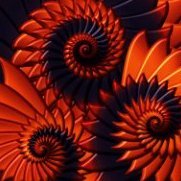
random We Need A General Section For Random Stuff Like This
iconoclast replied to VectorVonDoom's topic in Share your work
As I was a student of arts about 20-30 years ago, I was mainly interested in comics and airbrush painting. I had problems with both at my art academy, because the most art professors (don't know the right term in english) didn't think that comics could be art and most of them didn't like airbrush painting. I think, of course comics can be art - they don't need to be, but they can - and the airbrush is nothing but a special sort of brush, so a tool you can create art with. Today, as far as I know, they also offer comic workshops at that academy. - Sometimes the early bird misses the worm, as it seems. It is the same with computers and apps. They are tools. What you create with them can be art, but it is not necessarily art. At least not high art. In german law we have a term called "Schöpfungshöhe", that is important for copyrights. It means something like originality. I think that this is an important point. The great artists in history all had a grade of originality in some things that made their work unique and recognizable. That is it what makes them great art, I think. To be honest, I don't make the rules. It is just my point of view. But it seems to make sense. If I watch the work that the most people create with digital apps, most of them seem to be interested in recreating analog art effects. That is very interesting to me, I'm often really impressed, and I often try to do it myself, but this alone is nothing that will save you a place in the history of arts. For that it needs some sort of relevant innovation in your work, I think. Think of Van Gogh's colors and wild strokes. Something like that was never seen before. Or think of Monet's handling of light and colors. Caravaggio's masterful Chiaroscuro. Goya's genius characterization of individuals. Picasso's deconstruction of natural shapes... All these are milestones in the evolution of art. Nonetheless of course many artists create art that has not this milestone character, but is really impressing anyway. Some of the things I love may be trash for many others. Doesn't matter to me. By the way, there is an interesting progress going on in our times. As I said in an earlier post, Picasso, Braque and some others invented the cubism as photography was invented. At the moment we reached a point where photography turns more and more into abstraction. Not only in the choice of the subjects for photographs, that are often abstract shapes in nature. Even in the opportunities image editing offers. "Sharper than reality" is one of the catchphrases for what I mean. Opportunities that create mannerisms. One day, I'm sure, people will see this kind of photographs, and they will say: "Ah, looks like early 21 century". I sometimes don't like this too sharp images, because there is a point where they begin to look static and lifeless. But that might be a matter of taste. In some german news forums, there are often discussions about if Photoshoping is legitimately. There are always many purists that say that it isn't and that it kills the art of photography. As often in social media, there is almost only black and white in the standpoints. I don't think so. I think it's a new form of art. But it depends on what kind of photography we are talking about. Wildlife photography f.e. shouldn't be sharper than reality, I think, because that is not natural, not "wildlife". And especially press photography has of course to be as unedited as possible, because it has to show reliable truth. -
Illustrated maps for village promotion and tourist places. Created in Affinity Designer using vector technique combined with bitmap using Concept Master Vol.1: Nature Brush Pack brushes and those created by myself. So far, for several maps, I have drawn about 200 objects with varying degrees of accuracy.
- 12 replies
-
Lady reading haiku to an elephant
William Overington replied to William Overington's topic in Share your work
The linked page includes the following. > ---- The Alphabet Synthesis Machine is an interactive art work at http://alphabet.tmema.org on the web, created for Art21 and PBS by Golan Levin with Jonathan Feinberg and Cassidy Curtis. There are available for free download from this present webspace a number of fonts. These fonts, produced by William Overington using the Alphabet Synthesis Machine, are available for free download from this webspace by kind permission of Mr Golan Levin. All of these fonts contain abstract characters which can be accessed using the letters A to Z and a to z. Each font also contains digits and punctuation, which are the same for every font produced using The Alphabet Synthesis Machine. ---- Later on the same page is the following. > LADY_M_G.TTF, Lady_M_greets_the_horse_L If one tries these in WordPad in blue at a 300 point size, the sequence ML produces the painting "Lady M greets the horse L" and the sequence WZ produces the painting "Lady reading haiku to an elephant" on the screen. ---- There are various items about the Alphabet Synthesis Machine on the web. http://www.flong.com/archive/projects/alphabet/index.html I learned of the Alphabet Synthesis Machine from the following mailing list post https://www.unicode.org/mail-arch/unicode-ml/y2002-m02/0541.html I posted in the thread. https://www.unicode.org/mail-arch/unicode-ml/y2002-m03/0128.html The link in that post no longer exists, yet the Pools of glass in ceramic font is available from the following web page. http://www.users.globalnet.co.uk/~ngo/font0100.htm (By the way, please do not use the email address from which I wrote that post. It still exists but is typically full of spam so a message would be very unlikely to get through.) To use the Alphabet Synthesis Machine an end user would first draw on screen a shape. So it could be a circle, or a square and so on, and then the machine could be run and it iterated 52 glyphs influenced by that glyph and some user set controls if I remember correctly. The end user can stop the machine whenever and inspect the glyphs. The end user can then save the font, giving it a name. So i used to look at the glyphs and decide upon a name for the font. Sometimes the glyphs produced just looked like abstract designs, yet sometimes the image seemed to have the look of something. Such as the lady, as if reading a book. But what was in the book? Maybe haiku. Another glyph had a part that reminded me of the trunk of an elephant. Then a lady as if extending her hand for it to be kissed in a greeting. Then that glyph reminded me of a horse. In one font, the look of the glyph encoded as a letter G looked to me like two cranes, as in cranes that are birds. But what else? The part at the left reminded me of a decorative arch in a Japanese garden. And behind the cranes, a roundish shape. Maybe the moon. Yet not circular, so maybe a gibbous moon. Cranes before a gibbous moon That is an image that I produced in 2021. I got it printed as a 7 inch by 5 inch portrait format greetings card using the Papier online facility and after I received it I framed it in a large oak effect frame, sold as for a 10 inch by 8 inch photograph, that I had gotten delivered by Tesco with my grocery. I was looking at the web yesterday evening and apparently there is a name for the general phenomenon of imagining patterns in random data, and another name as a subset where the data is an image. William


























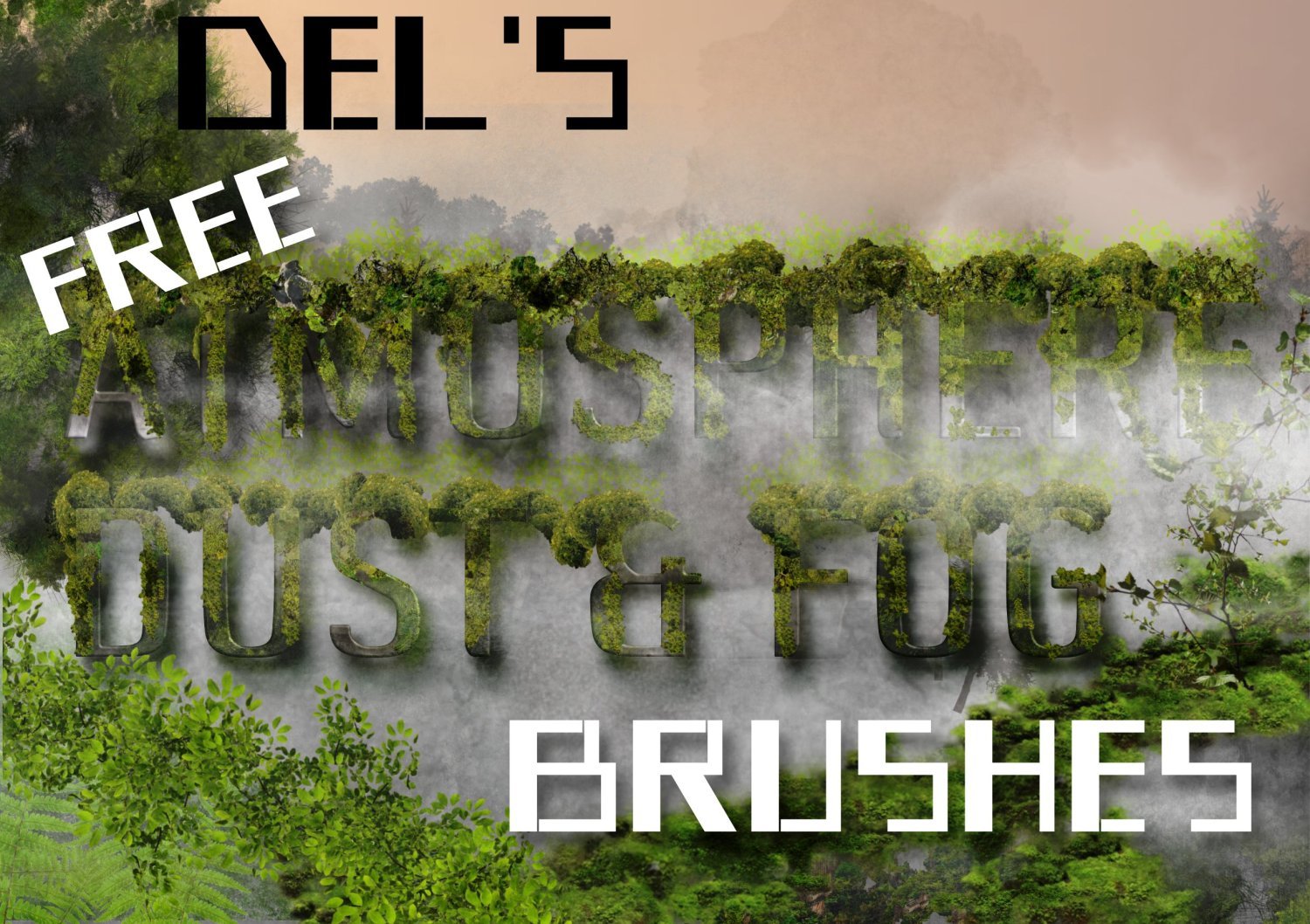
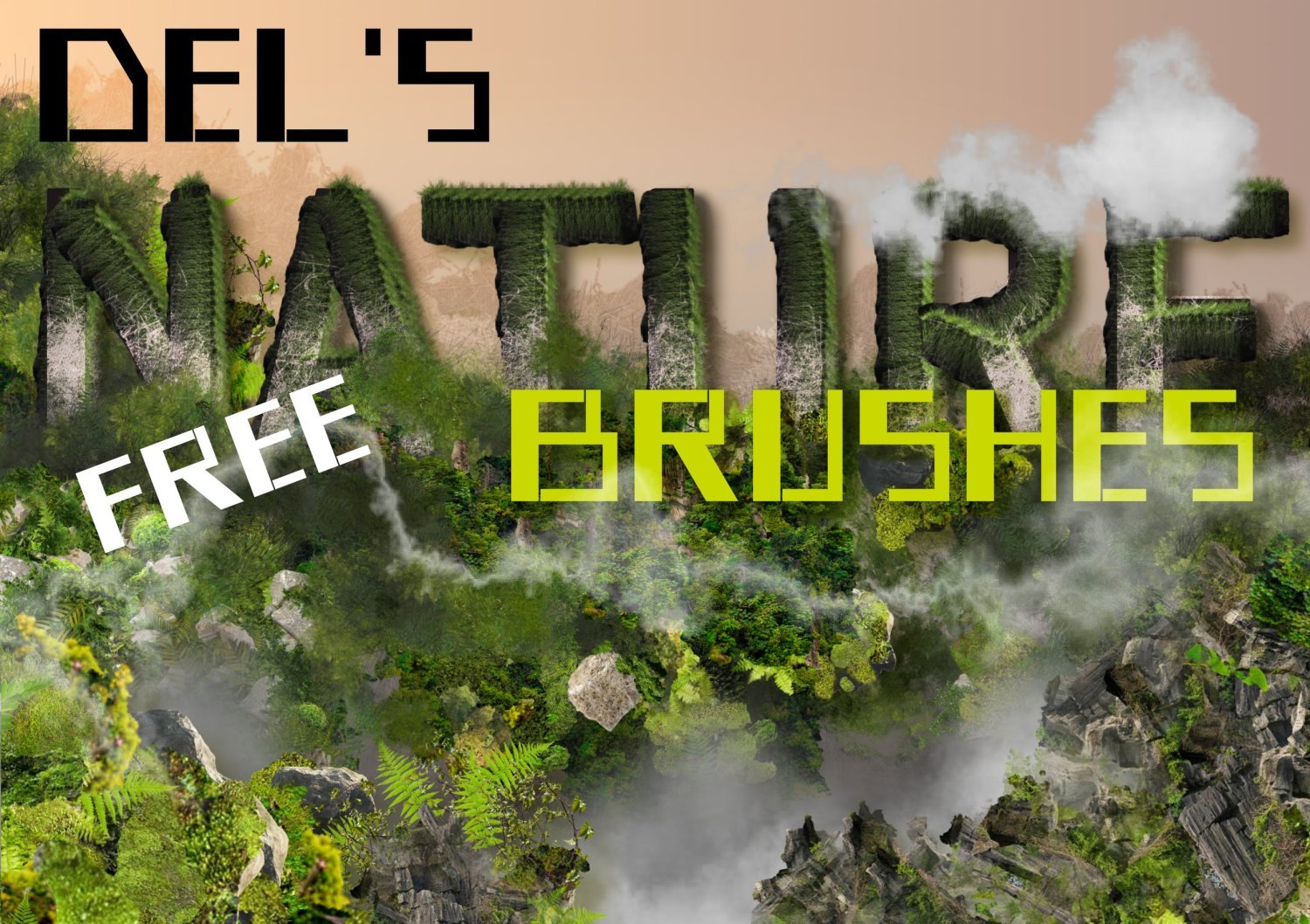

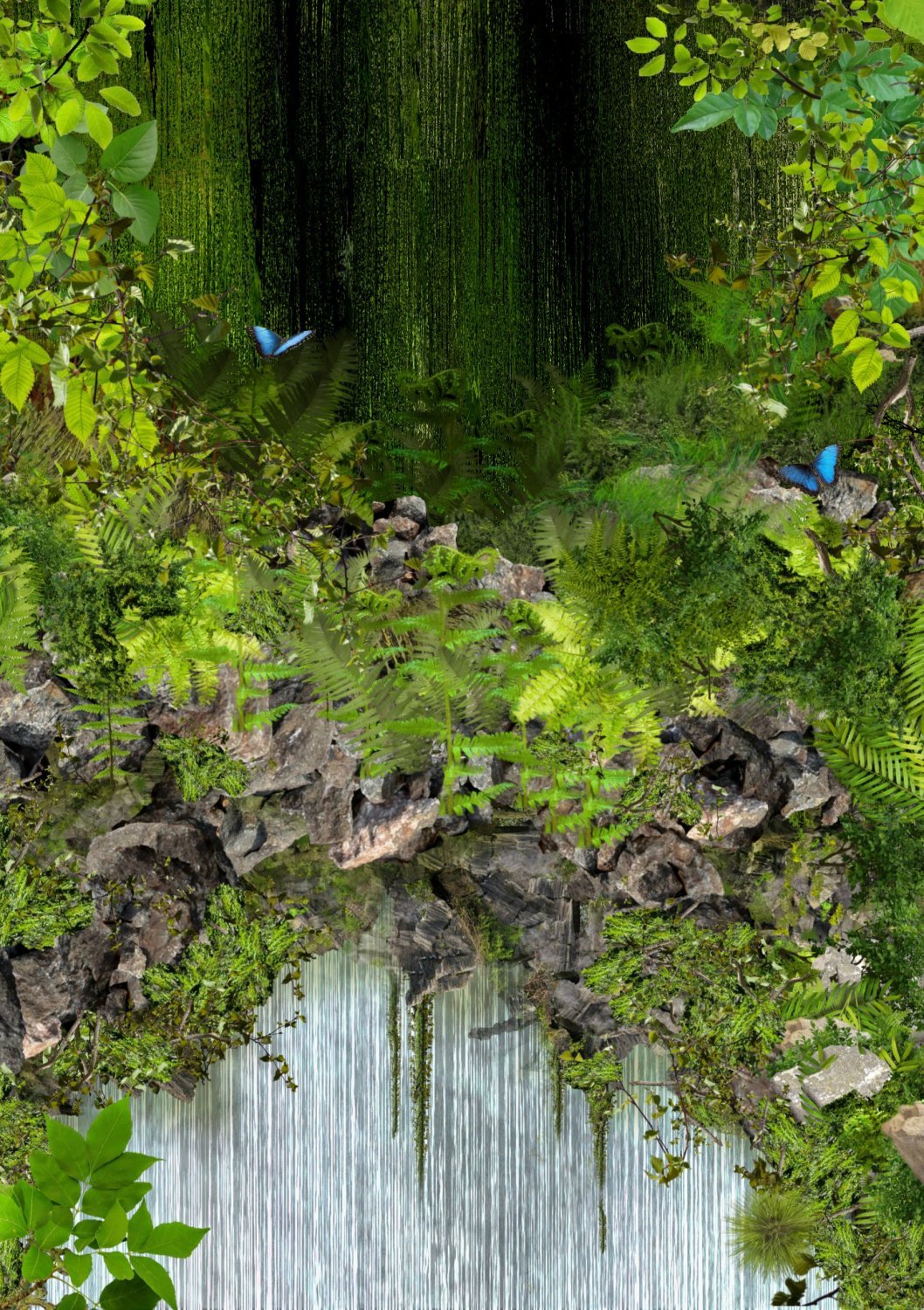

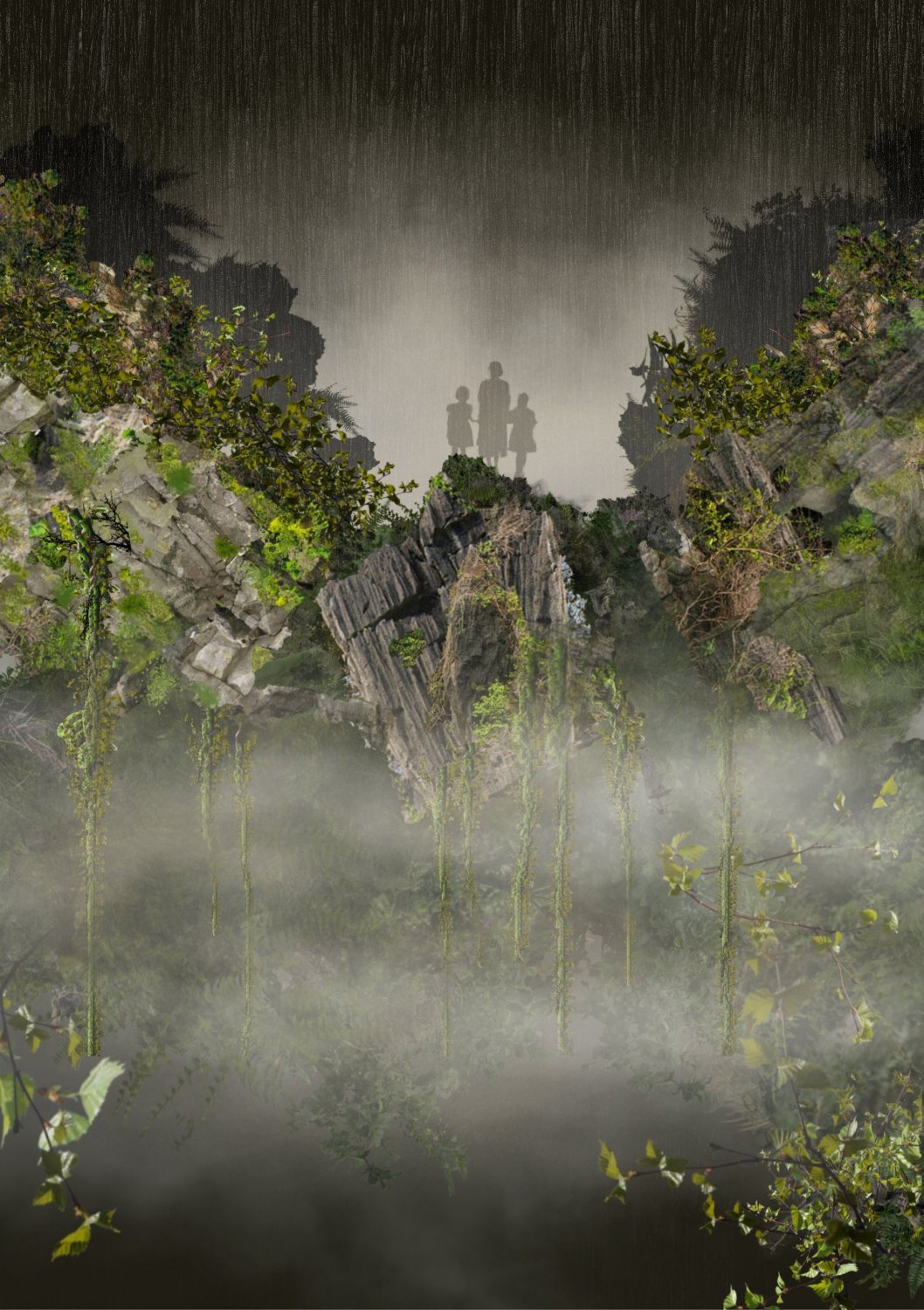

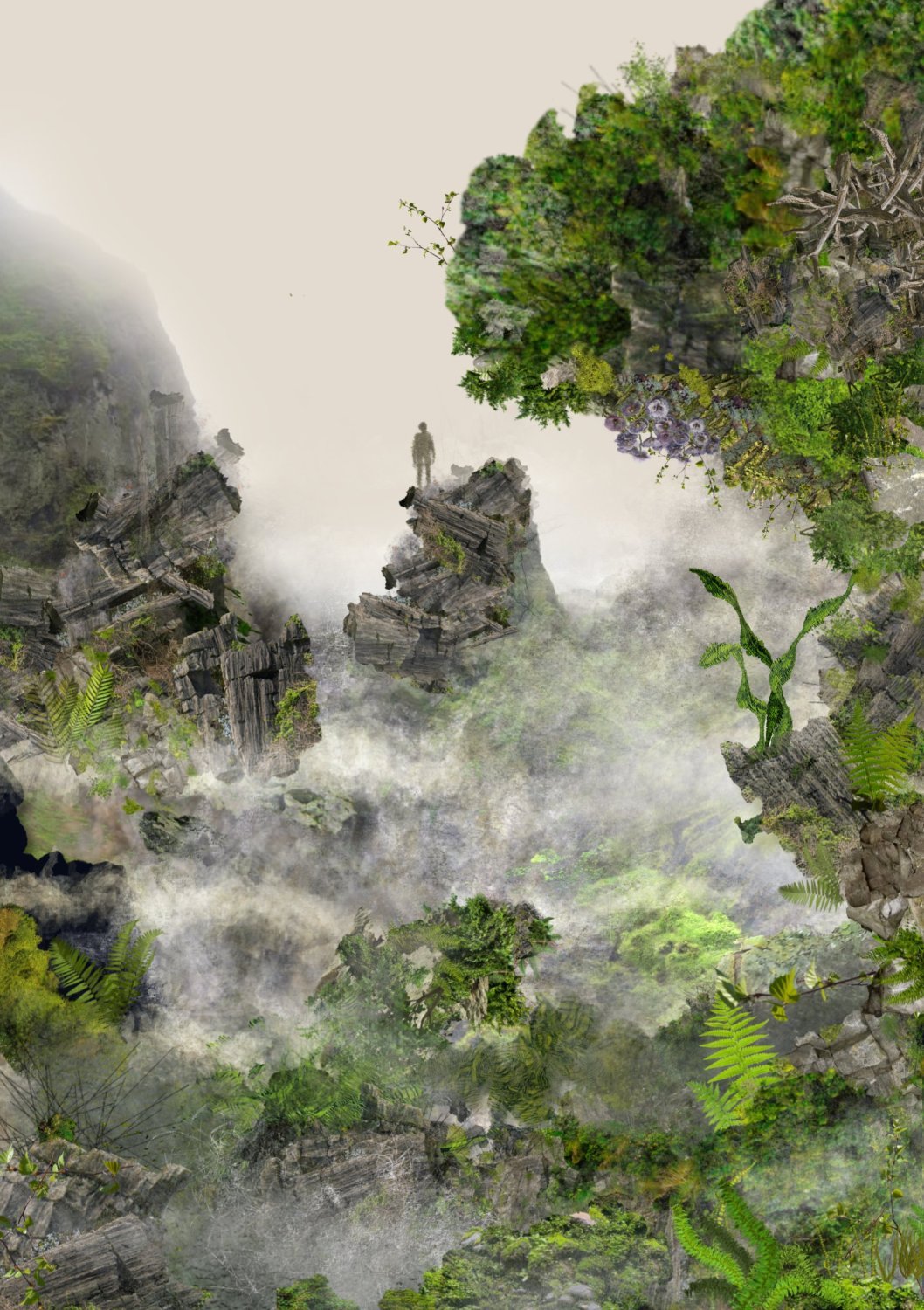
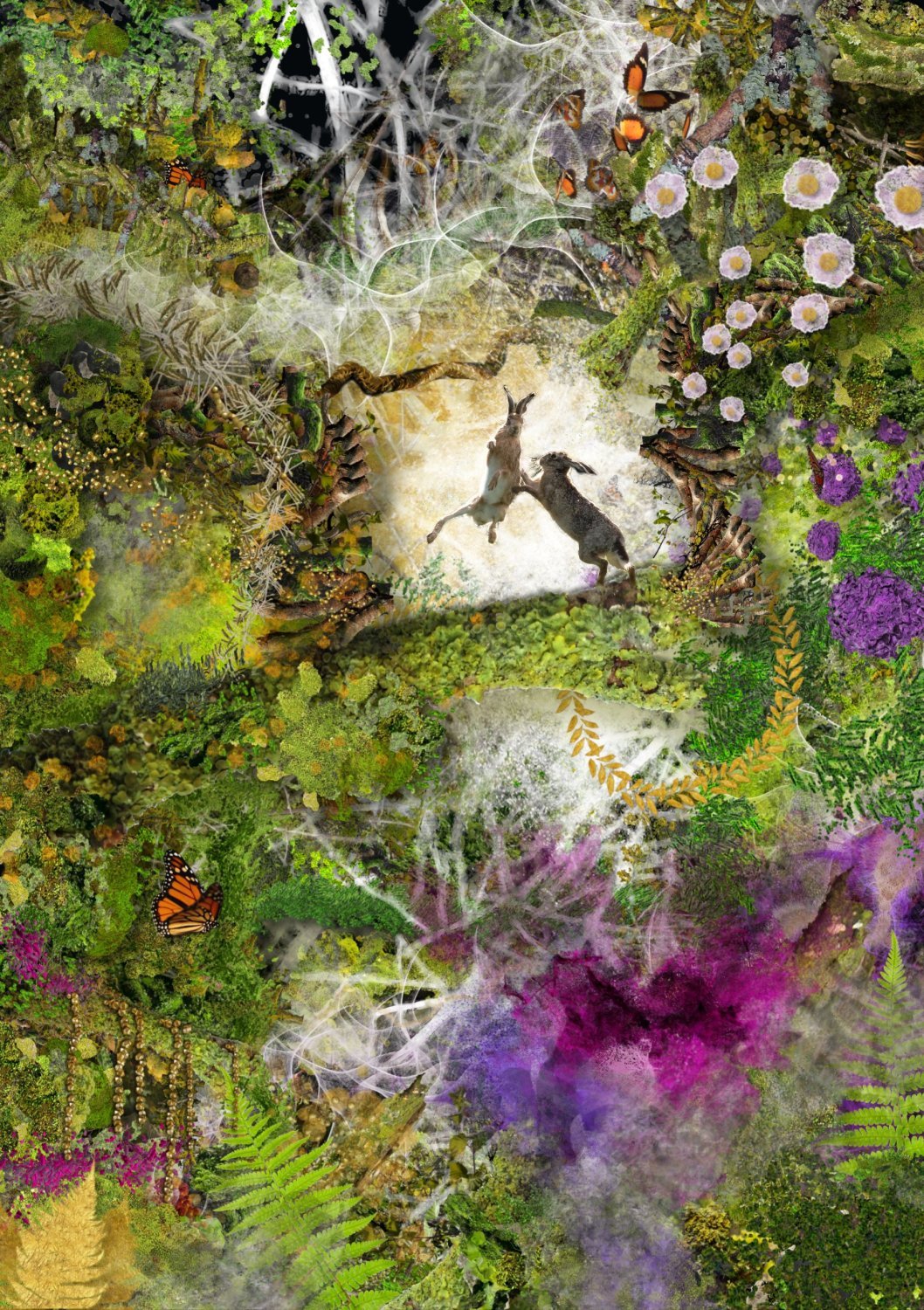

.png.580252d55204d6f71ac87c1db1f67fc4.png)
.png.acfdbde553943143d63aed48f5e62c6c.png)
.png.e34d9abb3f35acbabeb2234f0edddc89.png)
.png.578999b4b2a4d2d1ae2960119091b23a.png)
.png.b222e1380139aebaf6ea88a3f0cead2c.png)
.png.dbece867a9b712b2e2e243a70a98fb14.png)
